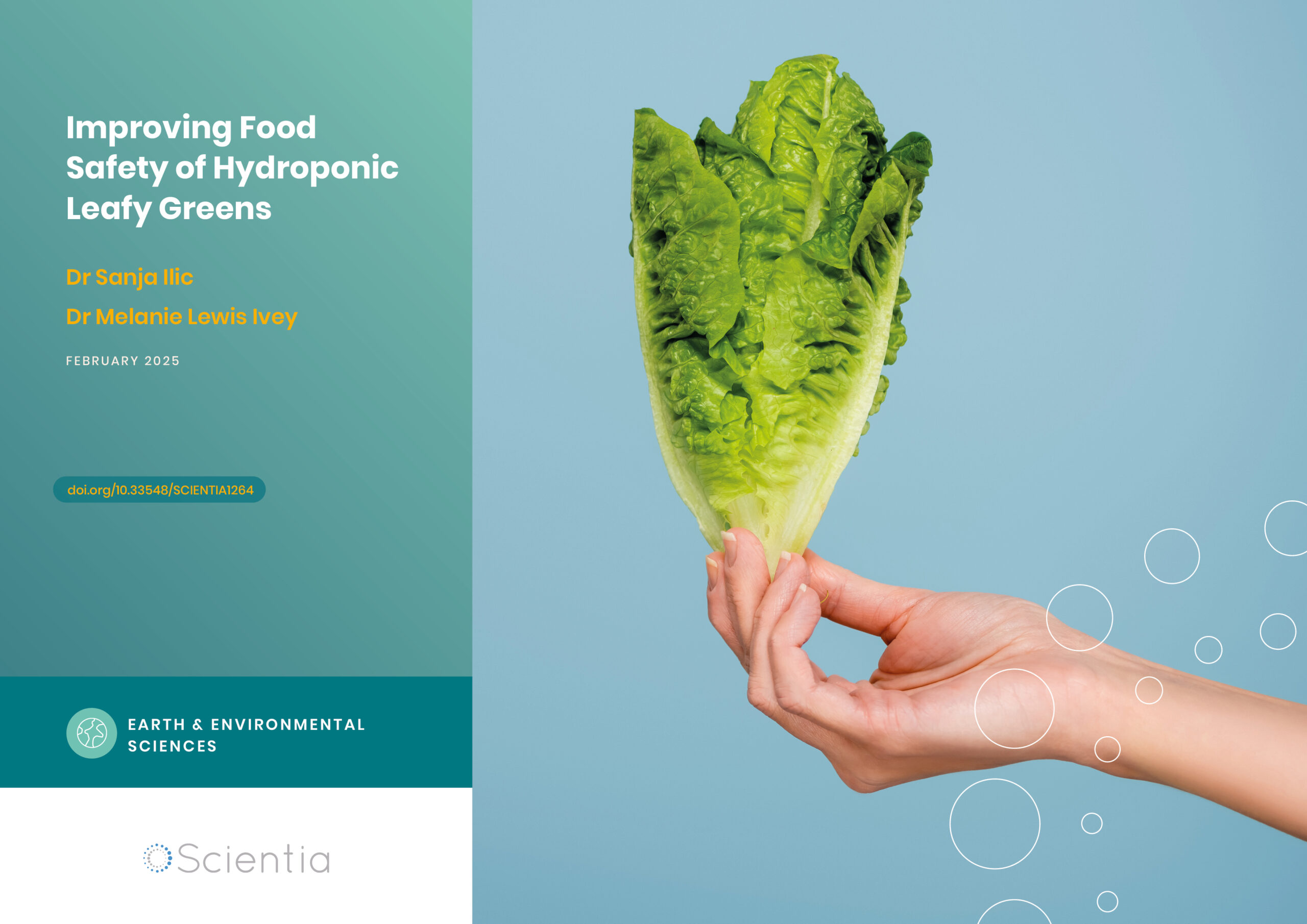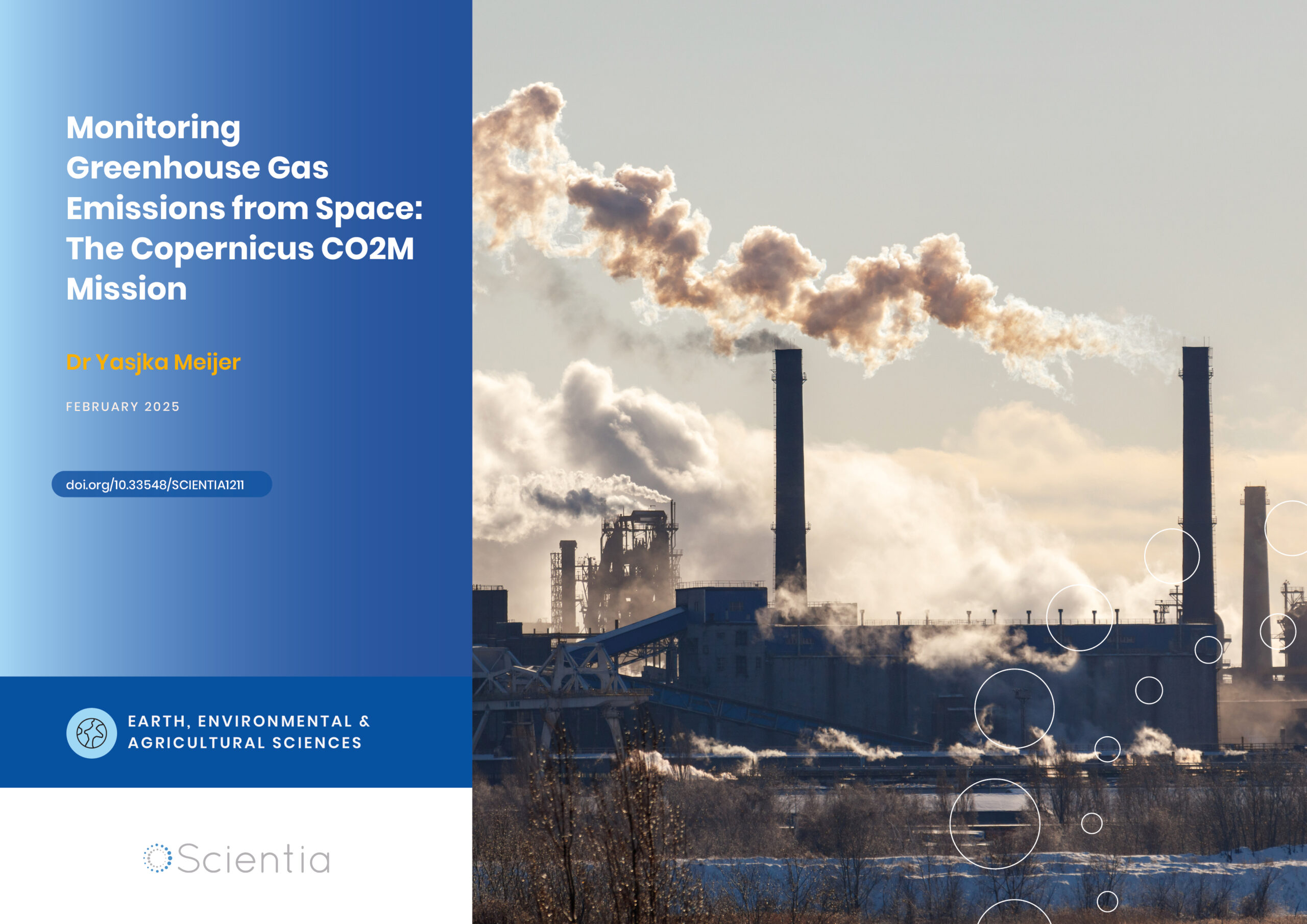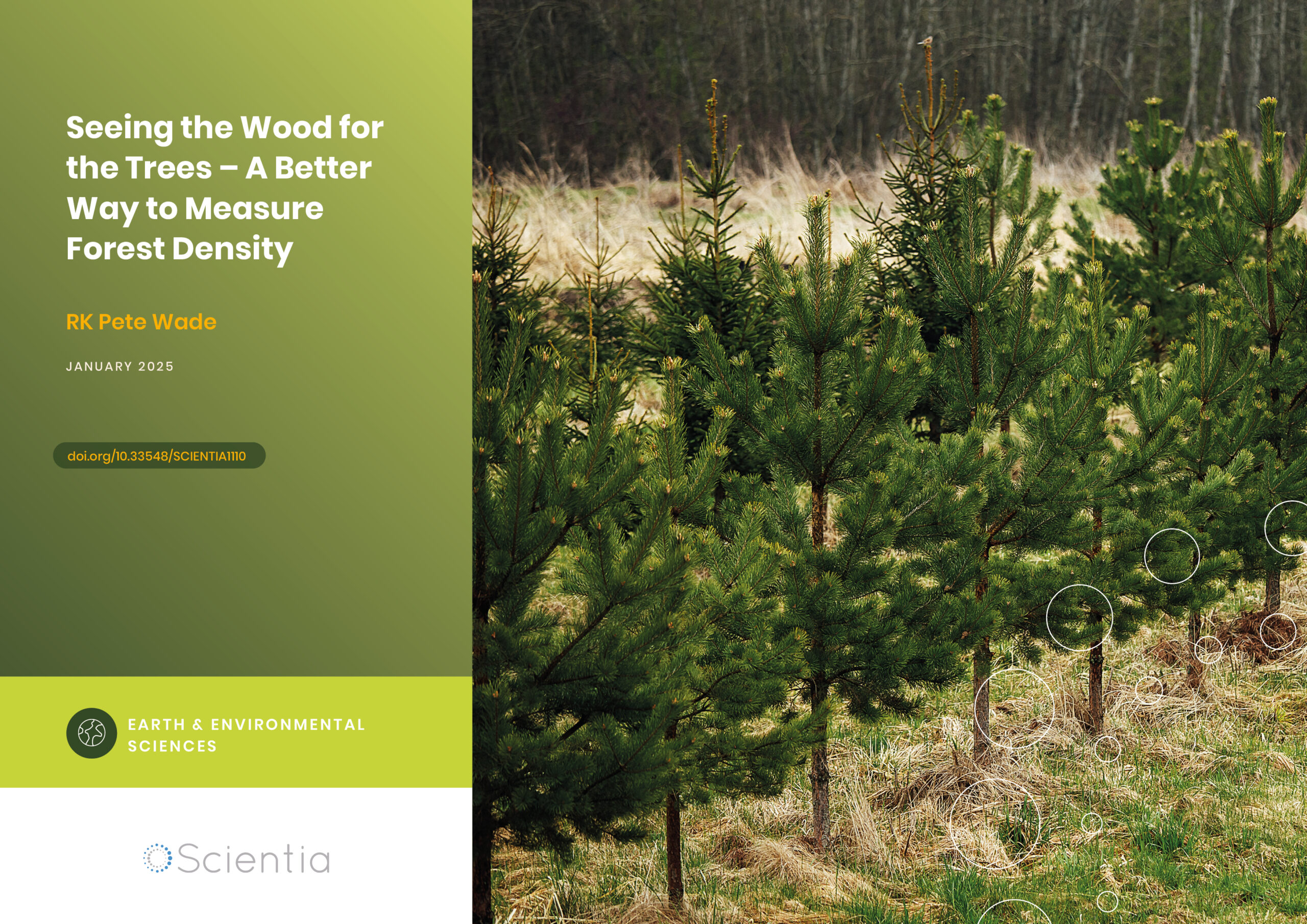Dr Michael Gipp | Unveiling the Past: Using Statistical Computation to Characterise Ancient Climates
Throughout the earth’s history, the prevailing climate has changed over and over. To gain insights into the history of our planet, scientists use clues uncovered from the earth’s surface. However, not all periods in the earth’s history are equally represented in the geological record. Dr Michael Gipp is using the surprising similarities between computer algorithms and complex natural systems to describe our ancient climates.
Picturing the Weather
To help create a picture of the earth’s climate millions of years ago, researchers study clues known as ‘markers’ left behind in the geological record. For example, the presence of certain chemical elements can reveal factors such as the oxygen content in the air, or the average rainfall during a past era. However, these markers only give us a very narrow snapshot of the overall climate at the time they were formed, and to create a full picture of the system, researchers are turning to computational models.
Computational modelling methods are incredibly useful when it comes to systems that are too difficult to perform experiments in real life, or to recreate the conditions of a system in the long distant past – such as ancient climate systems. In order to create a computational model, scientists need to determine what the inputs of the system should be, what the outputs should be, and how the two are related. By building up these hypothetical relationships, scientists can change one input, run the simulation, and see what effect that has on the outputs.

The Earth as a Computer
Geophysicist and sedimentologist Dr Michael Gipp has introduced a method to computationally describe the dynamics of chaotic systems. The underlying assumption is that chaotic natural systems can be likened to computation, and as such, can be studied in the same manner. From this perspective, the climate of the earth can be seen as a series of inputs and outputs. An example input is the strength of the sun, and if we were to change the amount of energy the sun puts out then the output, the global temperature, would also change. Clues left behind by ancient climates in the geological records include magnetic sediments and specific chemical isotopes (types of atoms).
The climate of the earth is an incredibly complex system, with a huge number of different potential inputs and outputs. To further complicate this, some of the inputs may be dependent on each other, and are therefore also outputs! Dr Gipp recently likened this to working out the computational details of an unknown programme running on an unknown operating system with an unknown computational architecture.
This may sound like an insurmountable problem, but by using some clever algorithmic tricks researchers can tease out information from very limited starting data. Dr Gipp aims to create a description of the invariant properties of the climate in central Asia starting from 2.2 million years ago. The climate at the time – the Asian Paleomonsoon – was characterised by high levels of rainfall. In the geological records, a good indicator of the moisture in the climate comes from markers in the soil and sediment layers deposited at the time. From these, Dr Gipp can build up a picture of the climate over millions of years, identifying periods of stability and also when the climate changed rapidly.

Chains of Probability
Dr Gipp starts by building a Markov chain from the sequence of periods of stability in the climate. By building multiple Markov chains relating all the available markers, Dr Gipp forms a ‘hierarchy’ of all the available clues. From this, he can work out what the climate would have been in eras where the geological record is incomplete from the known markers in the record from either side of the gap.
For example, the geological marker ‘A’ is always followed by marker ‘B’, ‘B’ can be followed by ‘A’ or ‘C’, and ‘C’ can be followed only by ‘A’. If the geological record shows marker ‘A’, a gap, then marker ‘C’, then we know that the marker in the gap must be ‘B’. The probability relations between the markers that Dr Gipp is using are rather more complex, but by building up layers of Markov chains in what are called Epsilon Machines, he can build probability maps of which markers were present at different time periods, even if the geological record is missing.
Dr Gipp found that early in the period, the climate was drier and was much more stable relative to the more recent period from around 1 million years ago which has seen much more variation in rainfall. Dr Gipp then compared his results on the rainfall markers to an earlier work of his investigating total global ice coverage. Both sets of markers showed more variation after around 1 million years ago, and the increased variation in magnetic markers for higher rainfall corresponded with a marker that suggested higher total ice coverage. By comparing these patterns, Dr Gipp can now start using markers that show ice levels in his Markov chains to help describe the rainfall and vice versa.
Critically, Dr Gipp’s novel work building a nest of interlinked probability chains also allows him to describe climate events that are not represented in the geological record. As more markers are discovered and added to the algorithm, the characterisations it creates become increasingly accurate, allowing a better understanding of how climate systems have changed over millennia. The next steps are the refinement of the algorithms, helping determine what triggers the transfer from one marker type to the next, and to account for different interpretations of what some markers might mean. Using these computational methods, Dr Gipp is now shining light on the weather of eras long since past.
SHARE
DOWNLOAD E-BOOK
REFERENCE
https://doi.org/10.33548/SCIENTIA902
MEET THE RESEARCHER

Dr Michael Gipp
Marine Mining Corp.
Toronto, ON
Canada
In 1996, Dr Michael Gipp completed his PhD on glacially influenced marine sedimentation at the University of Toronto in Canada. Since then, he has been made a fellow of the Geological Association of Canada and a member of both the American Geophysical Union and the Association of Professional Geoscientists of Ontario. Over his career spanning geology and earth science, Dr Gipp has also taken part in several field research expeditions, such as establishing marine mining feasibility in Ghana, exploration for diamonds in Finland and the Northwest Territories of Canada, and nine geological survey cruises in the western Atlantic Ocean. Dr Gipp has shared his knowledge through various academic posts, teaching on topics ranging from high school maths to university geophysics. Currently, Dr Gipp’s interests are focused on conducting computational studies into paleoclimates and creating new computational tools to understand ancient climates.
CONTACT
W: www.worldcomplex.blogspot.com
FURTHER READING AND RESOURCES
MR Gipp, Extracting Hierarchical Dynamical Structure From a Multistable Geological System—The Himalayan Paleomonsoon, Paleoceanography and Paleoclimatology, 2022, 37(2), e2020PA004176. DOI: https://doi.org/10.1029/2020PA004176
https://worldcomplex.blogspot.com/2011/04/framework-for-applying-computation.html
REPUBLISH OUR ARTICLES
We encourage all formats of sharing and republishing of our articles. Whether you want to host on your website, publication or blog, we welcome this. Find out more
Creative Commons Licence (CC BY 4.0)
This work is licensed under a Creative Commons Attribution 4.0 International License. 
What does this mean?
Share: You can copy and redistribute the material in any medium or format
Adapt: You can change, and build upon the material for any purpose, even commercially.
Credit: You must give appropriate credit, provide a link to the license, and indicate if changes were made.
SUBSCRIBE NOW
Follow Us
MORE ARTICLES YOU MAY LIKE
Improving Food Safety of Hydroponic Leafy Greens
Hydroponic farming is experiencing rapid growth worldwide, offering a sustainable and efficient method of producing fresh, nutrient-rich crops. However, the unique conditions of hydroponic systems also present complex food safety challenges. Dr Sanja Ilic and Dr Melanie Lewis Ivey, researchers at The Ohio State University, are at the forefront of efforts to understand and mitigate the risks of human pathogen contamination in commercial hydroponic production. Their pioneering work is providing crucial insights and practical guidance to help ensure the safety and nutritional value of hydroponically grown leafy greens.
Dr Yasjka Meijer | Monitoring Greenhouse Gas Emissions from Space: The Copernicus CO2M Mission
Atmospheric concentrations of carbon dioxide (CO2) and methane (CH4) have been steadily rising due to human activities, contributing to global climate change. Dr Yasjka Meijer from the European Space Agency is responsible for the objectives and requirements of the Copernicus Anthropogenic Carbon Dioxide Monitoring (CO2M) mission – a constellation of satellites that will enable the monitoring of anthropogenic greenhouse gas emissions from space with unprecedented accuracy and detail. This groundbreaking mission aims to support international efforts to reduce emissions and combat climate change.
Renewable Fuel for a Generation of Green Batteries
Revolutionizing energy production has been integral to combatting climate change and reducing our dependence on limited natural resources, but complementary advances in energy storage have been lacking. Dr Thomas Guarr and Dr David Hickey from Michigan State University lead their team in investigating a counterintuitive molecular mechanism which could support a wave of green, renewable, and cheap batteries. If practical, this technology might be the crucial leap towards an entirely green energy system.
RK Pete Wade | Seeing the Wood for the Trees – A Better Way to Measure Forest Density
In the world of forestry, understanding how densely packed trees are in a given area is crucial for effective forest management. However, traditional methods for measuring this ‘stand density’ have limitations. Now, a new approach developed by an independent researcher offers a more nuanced and accurate way to assess forest density across different species and environments.





